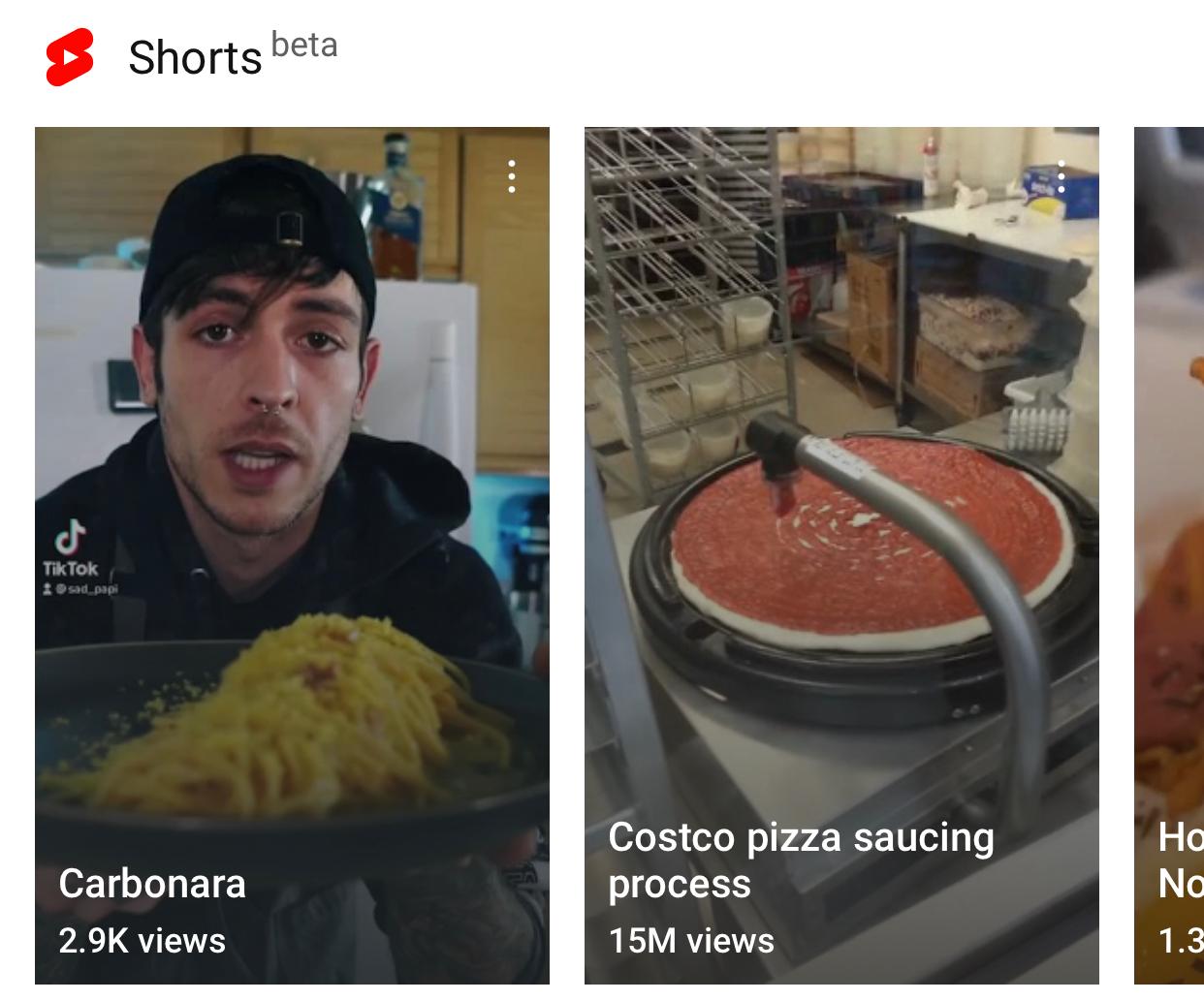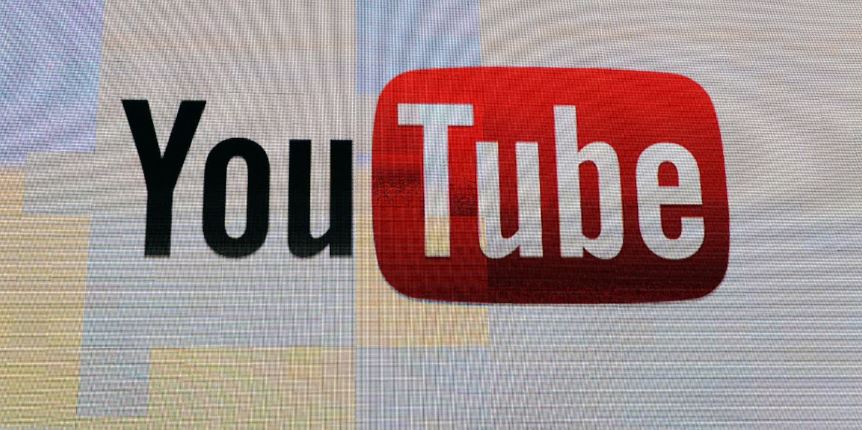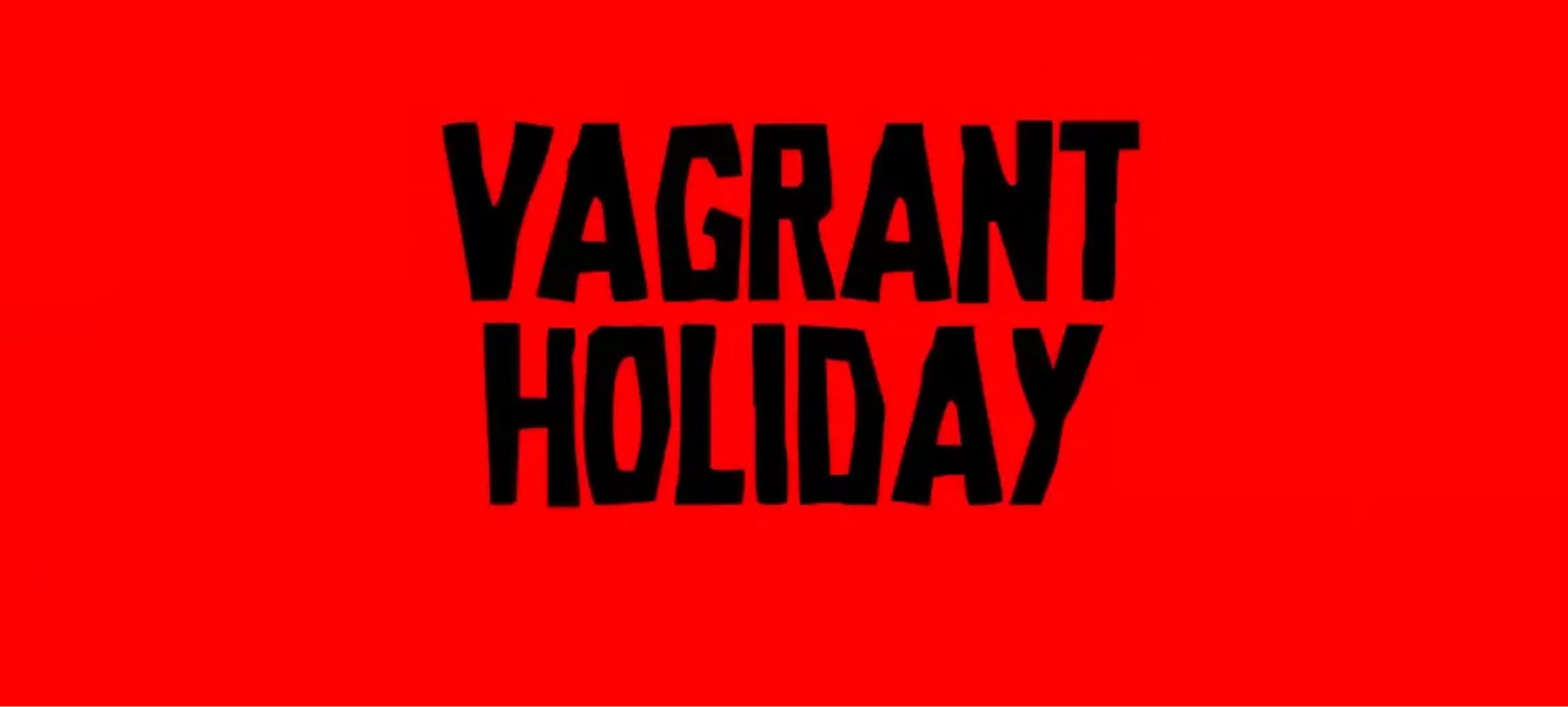Does YouTube Shorts get monetized? YouTube rolls out its TikTok competitor: YouTube Shorts.
Video platforms have slowly transitioned to be more friendly to vertical-oriented videos, as apps like TikTok become increasingly popular. Instagram launched its own direct competitor to the Chinese-owned app, rolling out Instagram Reels in August 2020.
Now, YouTube is joining the competition with YouTube Shorts, the platform’s own short-form video option. The popular video platform introduced a beta version of this feature for India-based creators, as TikTok was banned from the country in 2020.
But what is YouTube Shorts? These short-form videos are very similar to TikTok, both in their format and content, only their home is on YouTube.
Viewers can find YouTube Shorts on the homepage of the YouTube app. The feature is still in its beta version, though it’s officially reached creators and viewers in the U.S.
Here’s what you need to know about YouTube Shorts.

How to make Shorts on YouTube:
When YouTube initially introduced Shorts to the app in India, creators who had more than 10,000 subscribers could create these videos in-app, though not every creator in the U.S. has the option to at the moment.
Those who can create Shorts in-app can do so by clicking the “Create +” button and selecting “Create a Short.” While Shorts can be up to 60 seconds, if you’re looking to film one in-app, the max length is 15 seconds.
From there, the functionality is very similar to TikTok or Instagram for those who are familiar with those platforms. Just hold the capture button to begin filming, or tap it once to start and again to stop.
You can remove video clips by selecting the “Undo” button, or select “Redo” to add the removed clip back into the video.
From there, you can edit and upload as you usually would in-app. If you don’t have the option to create Shorts in-app, you can upload pre-recorded Short instead.
To do this, ensure your video is either vertically oriented or has a 1:1 ratio; anything that doesn’t fit these parameters will not classify as short.
From there, upload the video as you typically would and include the word “Short” somewhere in your title or description. You don’t have to do this, but it helps differentiate your content to your viewers. Videos that meet these qualifications, even without being designated a Short, will automatically fall under that category.
Can Shorts be monetized?
For those who receive a portion of their income from YouTube, Shorts unfortunately won’t help increase your monthly ad-revenue income. According to Google’s support page, Shorts will not have ads on them, meaning they won’t generate any revenue. Views from these videos also don’t contribute to your YouTube Partner Program eligibility, which requires “more than 4,000 valid public watch hours in the last 12 months.”
That being said, if viewers subscribe to your channel because of your Shorts, those subscribers will still be counted toward the 1,000 subscribers necessary to qualify for the YouTube Partner Program.
It’s possible that, as the Shorts feature continues to be fleshed out, creators will have the option to monetize these videos, though at this time there is no clear plan for that.
YouTube announces Shorts will soon be eligible for monetization, and creators will keep 45% of the revenue generated from viewership. This is a significant update for creators who earn income on YouTube. Unlike long-form videos, which allow creators to profit from ad revenue, Shorts has no direct path to monetization.
It’s engaging, entertaining, and educational. It’s a great way to build your brand awareness, increase your reach, and find new lifelong fans. I think that YouTube Shorts are definitely a trend worth exploring, especially if you already have a long-form video channel on the platform.







